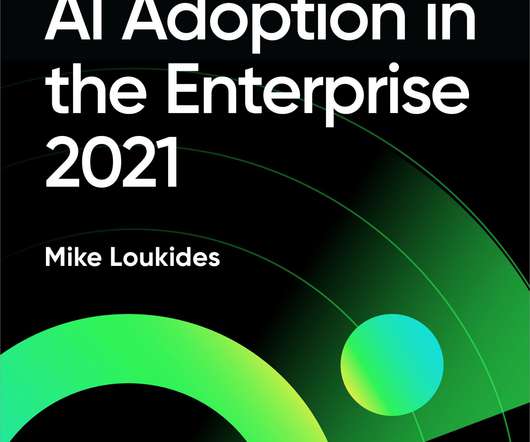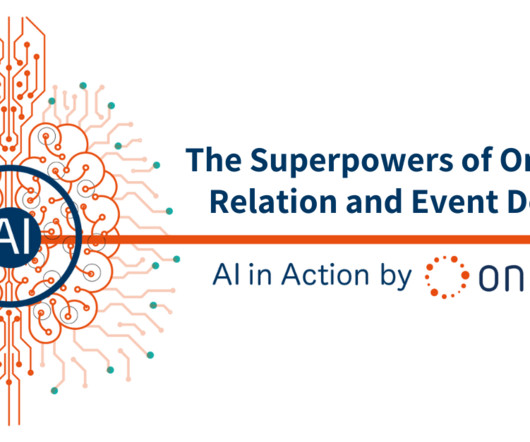AI Adoption in the Enterprise 2021
O'Reilly on Data
APRIL 19, 2021
Relatively few respondents are using version control for data and models. Tools for versioning data and models are still immature, but they’re critical for making AI results reproducible and reliable. This makes sense, given that we don’t see heavy usage of tools for model and data versioning. form data).

















Let's personalize your content